The significance of water pumps cannot be overstated. These mechanical devices serve as the lifeblood of numerous sectors, facilitating processes ranging from cooling machinery to powering hydraulic systems. Among the array of water pump variants, hand-operated models stand out as versatile, reliable tools that have played a pivotal role in various industrial settings throughout history.
Evolution of Hand-Operated Water Pumps
The evolution of hand-operated water pumps mirrors the progression of industrialization itself. From rudimentary designs crafted centuries ago to today's sophisticated models engineered with precision, these pumps have undergone significant advancements.
Historical Significance
The roots of water pumps for industrial use trace back to ancient civilizations where simple mechanisms were devised to lift water for irrigation and domestic use. Archaeological evidence suggests that early civilizations in Mesopotamia, Egypt, and China utilized rudimentary hand pumps constructed from materials such as wood, clay, and animal skins.
Industrial Revolution Era
The Industrial Revolution marked a turning point in the development of hand-operated water pumps. Innovations in metallurgy and manufacturing techniques led to the production of more durable and efficient pumps. These advancements fueled the expansion of industries such as mining, agriculture, and manufacturing by providing a reliable means of water supply for steam engines, cooling systems, and other machinery.
Technological Advancements
The 20th century witnessed significant technological advancements in hand-operated water pump design. The integration of new materials such as stainless steel and plastics improved durability and corrosion resistance. Moreover, innovations in hydraulic and pneumatic systems enhanced pump efficiency and reliability, enabling them to handle higher volumes of water with less effort.
Applications in Modern Industry
In modern industrial settings, hand-operated water pumps continue to play a vital role across various sectors. Their portability, simplicity, and reliability make them indispensable tools in remote locations or emergency situations where access to electricity or fuel is limited. Industries such as agriculture, construction, and disaster relief rely on hand-operated pumps for tasks such as dewatering, irrigation, and water transfer.
Environmental Considerations
The importance of hand-operated water pumps extends beyond industrial applications to environmental conservation efforts. In regions where access to clean water is scarce, hand pumps provide a sustainable solution for communities to access groundwater for drinking, sanitation, and agriculture. Their low environmental impact and independence from external power sources make them an environmentally friendly option compared to electric or diesel-powered pumps.
Future Prospects
Looking ahead, the future of hand-operated water pumps is poised for further innovation and adaptation to meet evolving industrial and environmental challenges. Advances in materials science, robotics, and renewable energy technologies hold the promise of creating even more efficient, durable, and eco-friendly hand pumps. Additionally, greater integration of smart sensors and remote monitoring capabilities could enhance pump performance and reliability while enabling predictive maintenance strategies.
In conclusion, hand-operated water pumps stand as enduring symbols of human ingenuity and innovation in the industrial landscape. From their humble origins to their indispensable role in modern industry, these pumps have evolved to meet the ever-changing needs of society. As we continue to strive for greater efficiency, sustainability, and resilience in industrial processes, hand-operated water pumps will remain integral components of our technological toolkit, powering progress and prosperity for generations to come.

 English
English русский
русский Español
Español
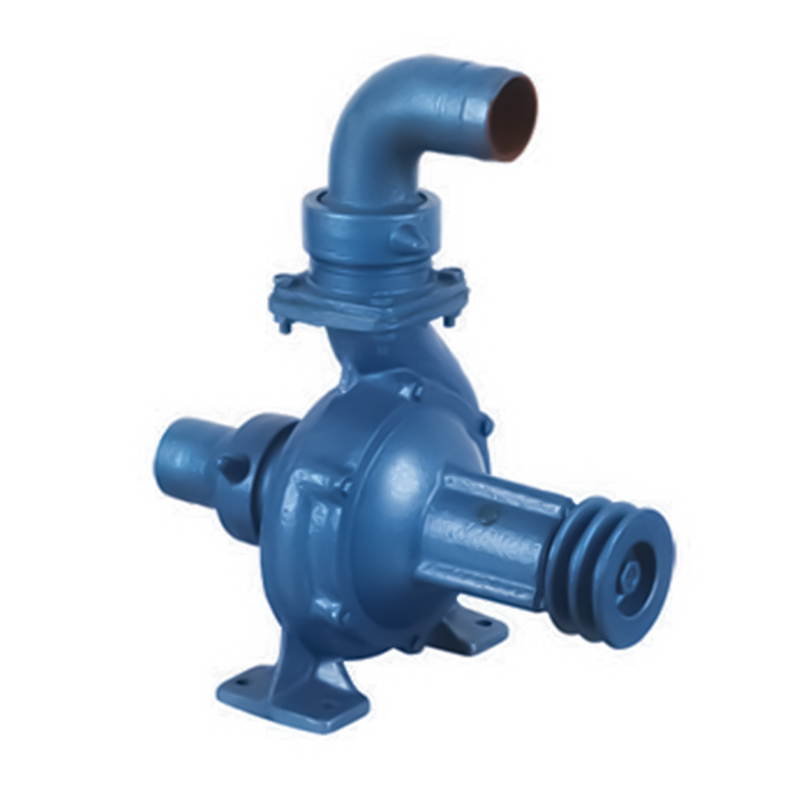
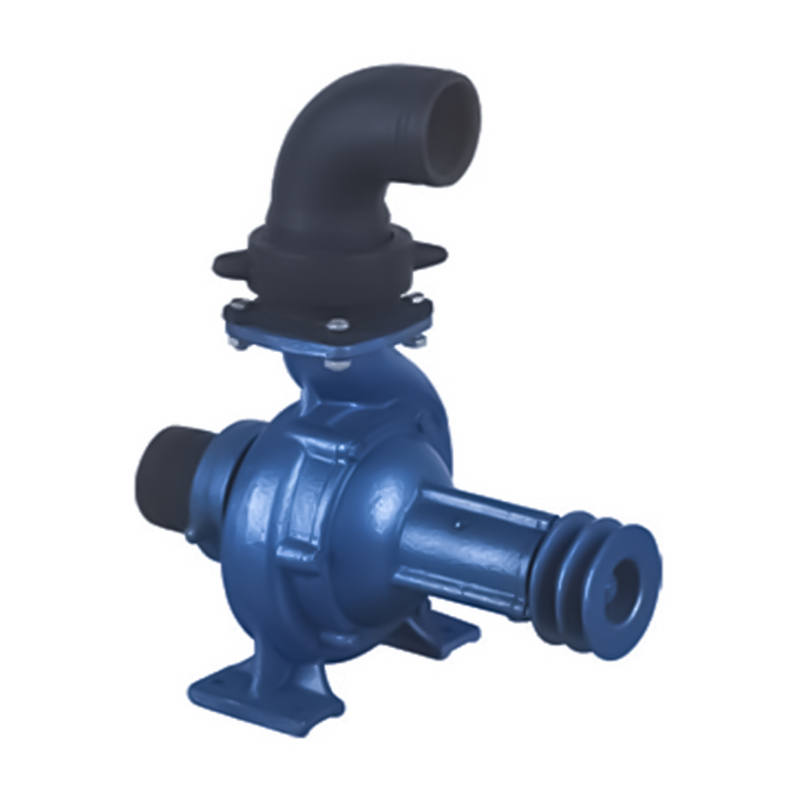

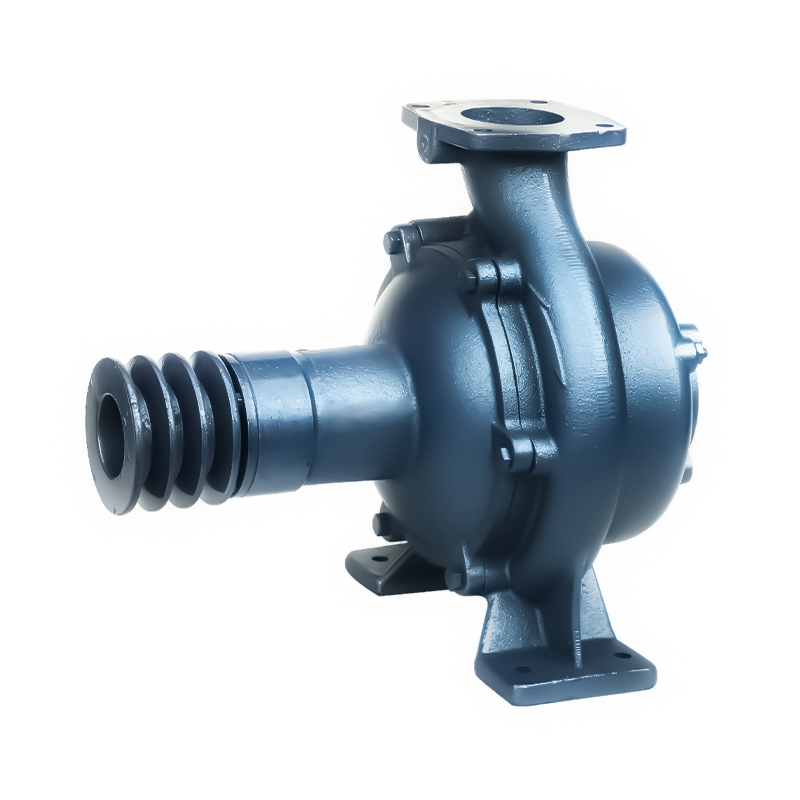
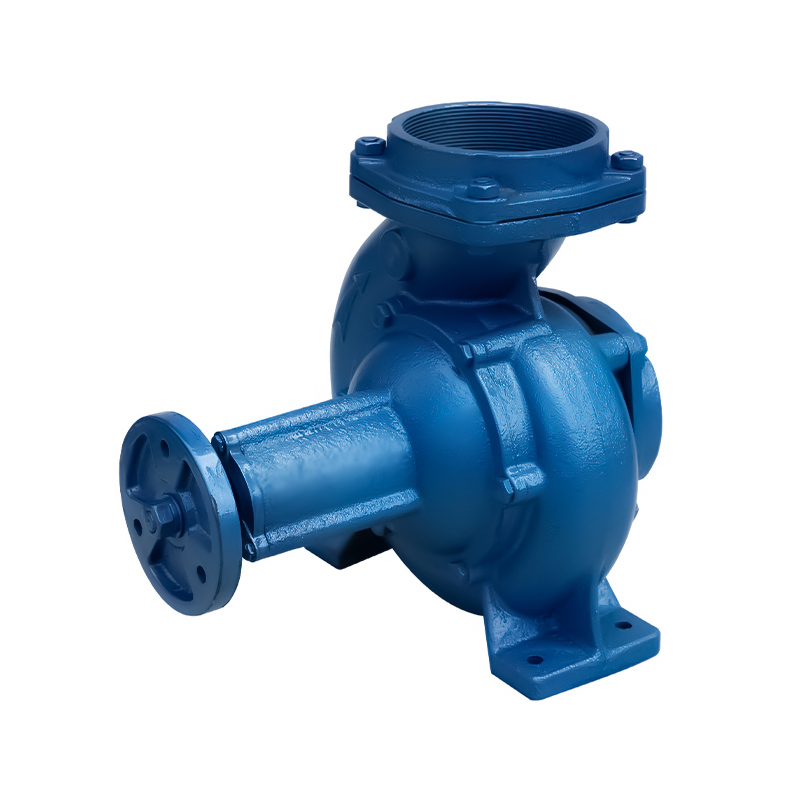
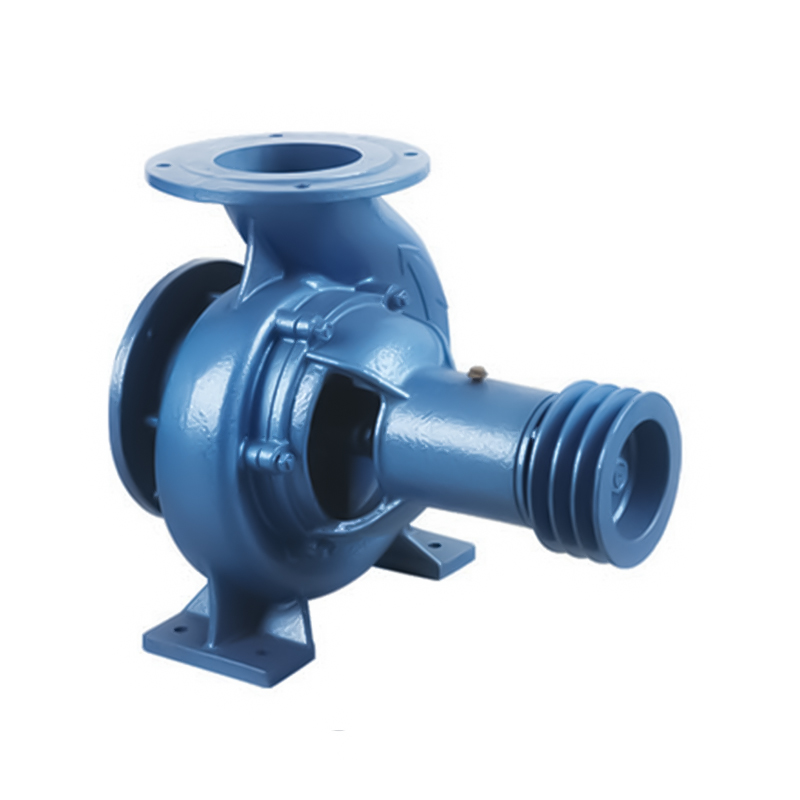
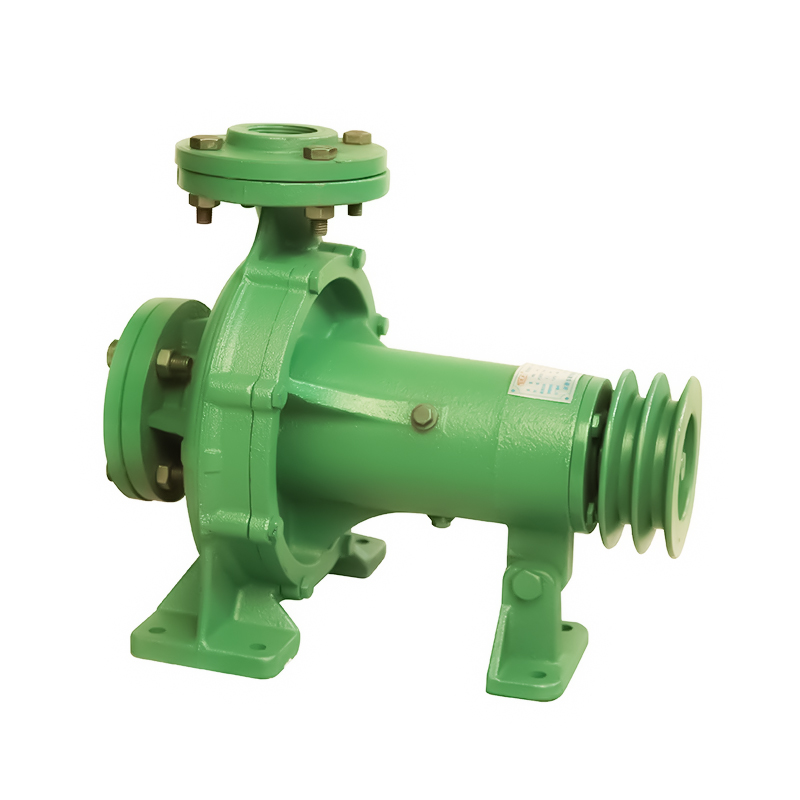

 Email:
Email:
 Phone:+86-13605899207
Phone:+86-13605899207

